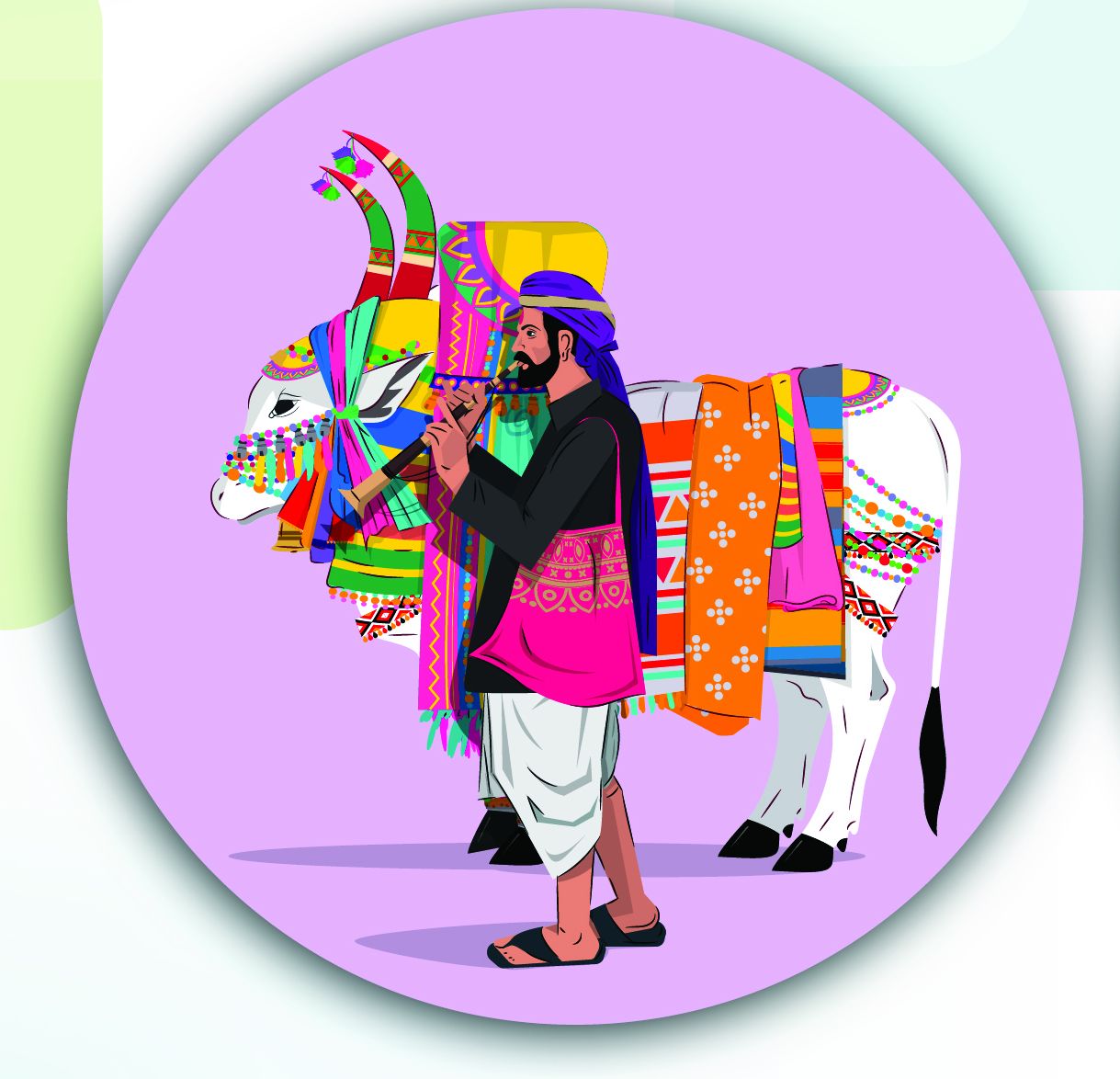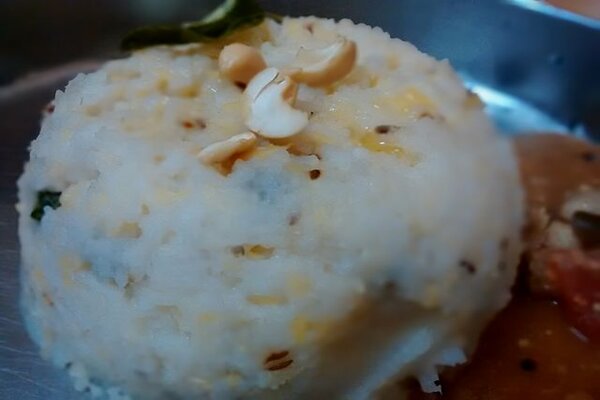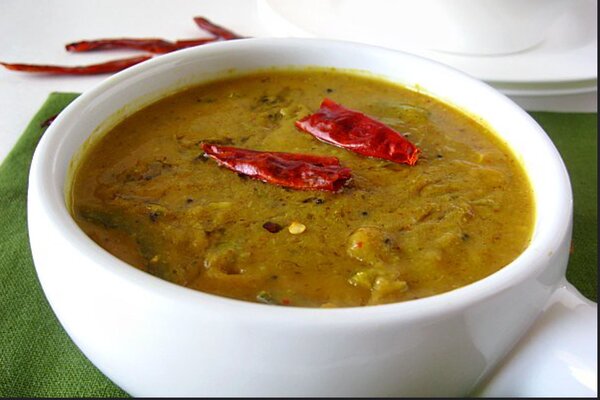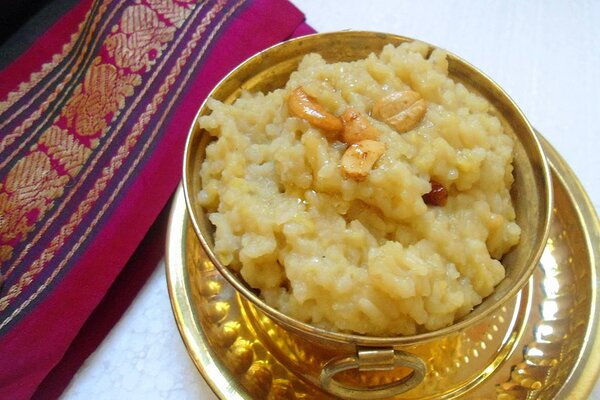Medicine is no funny business. But the phrases used to describe how one feels can be!
Here are a few health-related idioms. But they are jumbled up. Put the words in the right order by dragging and dropping the words in the correct sequence.
This challenge is just what the doctor ordered!
Medicine is no funny business. But the phrases used to describe how one feels can be!
Here are a few health-related idioms. But they are jumbled up. Put the words in the right order by dragging and dropping the words in the correct sequence.
Yes, the two pictures look the same but they’re not. Find the differences between them.
Take a close look at the picture below.

Now can you find the 12 differences between the two images?
How did the football boots come into their current shape? Read on to find out…
France’s M’bappe lost the cup but won hearts and the coveted Golden Boot. Football boots, like the game, are quite ancient. Some boots, dating back to Roman times, unearthed in an archeological excavation in England in 2016 resembled the modern football boot, though the first records are of those made for England’s King Henry VIII in 1526, not for playing but for his wardrobe!
Did you know?
There was a time when people did play barefoot.
In 1936, India’s Mohammed Salim played barefoot for the Celtics in Glasgow, wowing the crowds and the coach.
In the 1948 Olympics, India lost to France 2-1, eight players preferred to go without shoes.
Who are the people who make our lives easier in the community, and how? This fun activity will help you figure it out.
Community helpers are those who live and work in our community, as the name suggests. They ensure that the community remains healthy and safe and we have it easy, everyday. These helpers do everything they can to make our lives easier. Here are a few of them. Drag and drop the tools that are characteristic of each of them.
Farmers across the world give thanks to Mother Nature for a good harvest. And soon India will celebrate Sankaranti with great cheer and joy. Time for a crossword on harvest festivals. Gon, try your hand at it.
On January 15, India celebrates Makara Sankaranti. Though known by different names across the country, the common theme is thanks to Mother Nature. This crossword contains words relating to harvest festivqals. How many can you identify based on the clues?
What are you planning to put on the table this Pongal? Here are some recipes to try …
This harvest season let’s get together to cook up something special. Here are some simple recipes for you to try out.
To start let’s add a bit of colour to the table. Known as Ven Pongal, this is a spicy rice dish. It is a wholesome dish with your requirement of protein, carbs and vegetables. And, what’s more it is delicious.

This curry is a favourite with many. If you are tired of making sambar this curry is a good option. Once again it is goodness in a bowl. The chopping and the grinding are well worth it.

And finally, a good dose of sugar with Sakkarai pongal. Nothing gets better than sugar and ghee and all things nice.

Kriti is always sad and moody these days. Could it be depression, wonders Shefali? And can she help in any way?
Here is a story about two friends. Sometimes, you can listen, ponder and come up with ways to help your friends especially when they most need it. Scroll through the slider.
Stop, wait and go! Learn how to eat healthy by using the concept of the signal.
Did you know that you can use the concept of the traffic signal to help you remember which foods are healthy, which are not-so-healthy, and which are to be completely avoided? Scroll through the slides to learn more.
Everyday activities like taking a shower or listening to music can benefit our mental health! Here’s how…
When was the last time you tasted your food? Without the distraction of your television or phone; without looking at the time; tasting the different flavours in the dish; recognising the different ingredients; thankful to the person who prepared the food…
Think of any activity like listening to music, taking a shower, or playing with your friend or a pet. Thanks to our busy schedules, distractions and the pressure of school and extracurricular activities, it is hard for us to be in the present moment and enjoy these activities.
Slow down
This is where practising mindfulness helps. Mindfulness means slowing down to notice what you are doing, hearing, touching, and feeling in that moment. It means taking your time to do an activity without rushing or multitasking. It is not an exotic activity. It does not require special practice criteria. It is a simple change in attitude and thought.
Why do we need to slow down?
Practising mindfulness is proven to have several benefits for children, as well as adults. For children especially, mindfulness helps:
*Manage emotions
*Improve focus and concentration
*Improve mood and promotes happiness
*Promote compassion and empathy
*Deal with conflicts like bullying and peer pressure at school
*Reduce stress and anxiety
*Spark creativity and imagination
These techniques and activities will help you practise the art of living in the moment. Browse through the slides to view them.
Find out more about the man who came up with the Theory of Evolution and also solve this Wordoku puzzle.
Charles Robert Darwin was an English geologist, naturalist, and biologist. He is famously known as the ‘Father of Evolution’ as he was the first to propose the theory that all species descended from a common ancestor.

He identified the process that enabled evolution as ‘natural selection’. With limited resources available in nature, organisms with traits favourable for survival and reproduction will tend to leave more offspring than their peers. Thus, these traits will be replicated over generations, becoming a prominent feature in that species.
For example, the ancestors of modern giraffes were animals with much smaller necks, similar to deer. But because their habitat had tall trees, giraffes with slightly longer necks had an advantage. These longer-necked giraffes survived better and reproduced more. Thus, over the years and in subsequent generations, longer necks became more common resulting in the giraffes we know today.